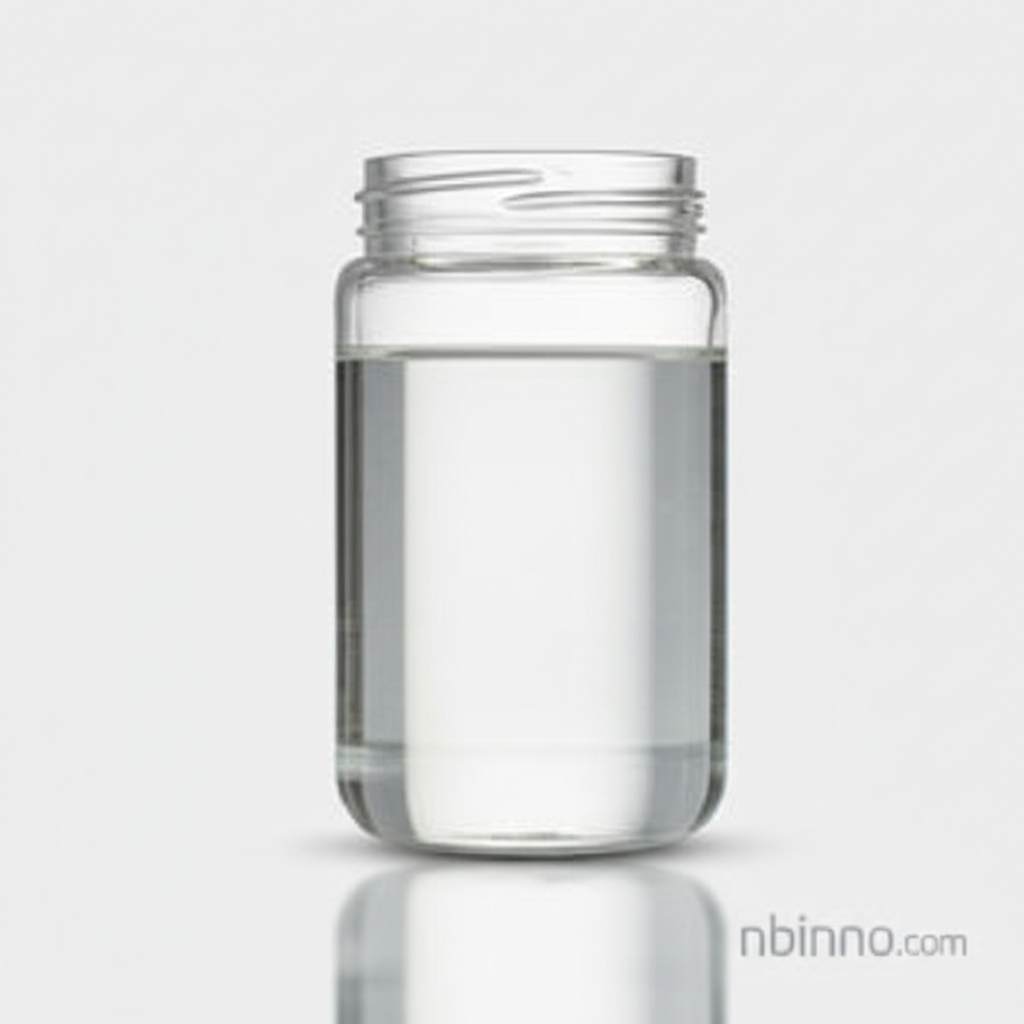Dibutyl Phthalate (DBP): Properties, Applications, and Safety Considerations for Industrial Use
Discover the essential properties and diverse applications of Dibutyl Phthalate, a key plasticizer in modern industry.
Get a Quote & SampleProduct Core Value

Dibutyl Phthalate
Dibutyl Phthalate (DBP) is a crucial plasticizer valued for its excellent solubility and its ability to impart significant flexibility and durability to various polymers, most notably PVC. Its versatility makes it a staple in numerous industrial formulations, enhancing product performance and processability.
- Explore the diverse Dibutyl Phthalate applications across a spectrum of industries, from manufacturing to consumer goods.
- Understand the key DBP plasticizer properties that make it an effective component in enhancing material flexibility and longevity.
- Learn about the critical DBP safety regulations and its classification as a suspected endocrine disruptor, informing responsible industrial use.
- Investigate the DBP environmental impact and the ongoing research into safer alternatives for a sustainable future.
Key Advantages
Enhanced Flexibility
As a premier PVC plasticizer DBP, it significantly improves the flexibility of materials, making them easier to process and more adaptable to various forms and uses.
Broad Compatibility
This compound exhibits excellent compatibility with a wide range of resins, making it a versatile choice for different DBP chemical uses in complex formulations.
Cost-Effectiveness
The relatively low price and good processability of DBP have contributed to its widespread adoption, offering an economical solution for plasticizing needs.
Key Applications
Plasticizer for PVC
DBP is extensively used as a plasticizer for Polyvinyl Chloride (PVC), enhancing its softness and flexibility for applications like flooring and artificial leather, a core PVC plasticizer DBP function.
Paints and Coatings
It serves as a plasticizer and solvent in paints and lacquers, contributing to better film formation, flexibility, and adhesion in surface treatments.
Adhesives and Inks
DBP is incorporated into adhesives and printing inks to improve their workability, flexibility, and overall performance characteristics.
Cosmetics and Fragrances
Historically used in cosmetics like nail polish as a plasticizer and in fragrances as a solvent, DBP's use in these areas is now subject to stricter DBP safety regulations due to health concerns.
